Even the name ‘Osprey’ sounds somehow exotic. These large, fish-eating raptors are truly unique, truly one of a kind, the sole species of their genus, and their genus is the sole one in their family. Or to put it another way, osprey sit alone at the very end of a very bare single branch of the family of life. They may look a little like eagles, they may behave a little like eagles, but they are as different to eagles as the sparrow.
If you look at the distribution map of Osprey sightings, it looks as though the UK has developed a bad rash. They have been seen everywhere, from tip of Cornwall to the furthest reached of Scotland. It is so easy to look at this, and assume that the Osprey is a plentiful bird in the U.K. But if you’d looked at the same map in 1916, it would have been resolutely blank. It stayed that way – at least in England – for almost eighty years. The last English Osprey died in 1840, the victim (like so many of its brethren) of relentless persecution. The last Scottish osprey followed suit in 1916, at which point Ospreys went extinct in Britain. Reintroduced in England in 1996, the osprey is now a highly protected species, whose nests are monitored by live CCTV, they have naturally re-established themselves in Scotland, and have been deliberately re-introduced to Rutland Water, a large (12.5 Km2) reservoir in the East Midlands. There are now perhaps 280 breeding pairs in the UK, but their troubles are far from over.
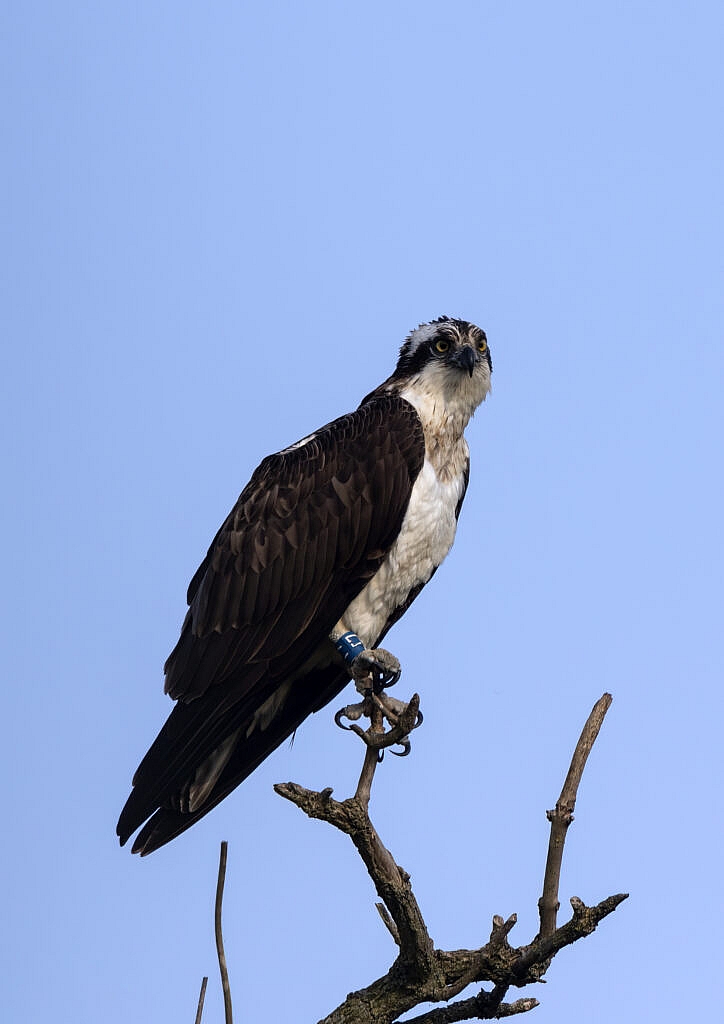
Ospreys are consummate hunters, snatching fish from the surface waters of lakes or occasionally plunge-diving at speeds of up to 77 mph (125kmh) to take fish as much as a metre down. Their wings, some five feet (150cm) from wingtip to wingtip, are narrower than those of other raptors s, and more heavily feathered, giving them unusual strength and power. They even have a taloned toe which is capable of swivelling from frontwards-facing to backwards. Its large, forward-facing eyes have a visual acuity roughly twice that of a human. All of this specialised adaptation means that an osprey is capable of carrying off large, and so highly valuable, specimen fish. Their depredations on fish stocks were (and still are) too much for some people to bear. Only last year, in Llyn Brenig in Wales, an established Osprey nest bearing a single precious egg was felled with a chainsaw. Nobody knows who did it, but the Osprey pair did not nest there again.
Such conflict between a skilled hunter and those who resent their presence seems irreconcilable, but last week I saw a different, and far more imaginative solution to the problem. Horn mill trout farm, near to the Rutland Water Osprey reintroduction site, started suffering heavy losses as its prime trout were taken from breeding ponds. The Rutland ospreys were to blame, snatching fat fish which had nowhere to run to. But rather than demand the birds’ removal, Horn Mill took a much more intelligent approach. They netted all but one of their ponds to protect them, then set up a bird hide on the last open pond, which they left stocked with trout, charging birdwatchers and photographers to use it. The Ospreys have an easy meal, and the money Horn Mill make not only covers the cost of the fish that the birds take, but has become a profitable business in its own right.
I went to Horn Mill, to see the business in action. Sharing comfortable office swivel chairs in a six-person hide set at water level, it wasn’t a long wait before our first osprey appeared, perching on a dead branch about fifty feet away. Seen close to, ospreys are imposing birds, with white chests and brown wings that seem to drape their shoulders and back like an academic gown. But it’s the eyes which attract attention. Ospreys have a very direct forward gaze. It’s the gaze of the headteacher when you broke a window at school, or your mother when you stole your sibling’s lunch money. You can feel it through your closed eyelids.
As is often the case with raptors, female ospreys are larger than the males, and in a bird with long curving talons and a hooked beak, I would imagine that marital disputes are rare. This bird didn’t look particularly small, but it was a male, identified by his Darvic ring (a large blue plastic identification ring around the bird’s leg) that showed him to be #30, a male born in 2010 at Rutland and in his breeding prime although not (at the time of writing) known as having bred in the UK yet. He sat on the branch watching the pool, and then did something odd. We had been warned of a behaviour to watch out for, and this was it: the osprey was doing a Bollywood move.
Bollywood movies inevitably have a song and dance number. And every Bollywood song and dance number has people who move their heads from side to side without moving their chests, as if their heads are on rails. It’s called an ‘isolation’, and it takes years of dedicated training and practice to get it right. Unless you’re an osprey of course, because ospreys do it from birth. And that’s what number thirty was doing from his branch. Staring intently at the pool, he moved his head left-to-right and back in a quick sideways wobble and I almost felt like applauding. If you’ve ever seen a stick bend when you put it into water, you’ll know that objects under water aren’t always where they appear. Just as a kingfisher will bob up and down to triangulate its prey underwater, so an osprey does the Bollywood thing, moving its head from side to side to triangulate the position of a fish near the surface of the water. Number thirty did it once, twice, three times – and then dived.
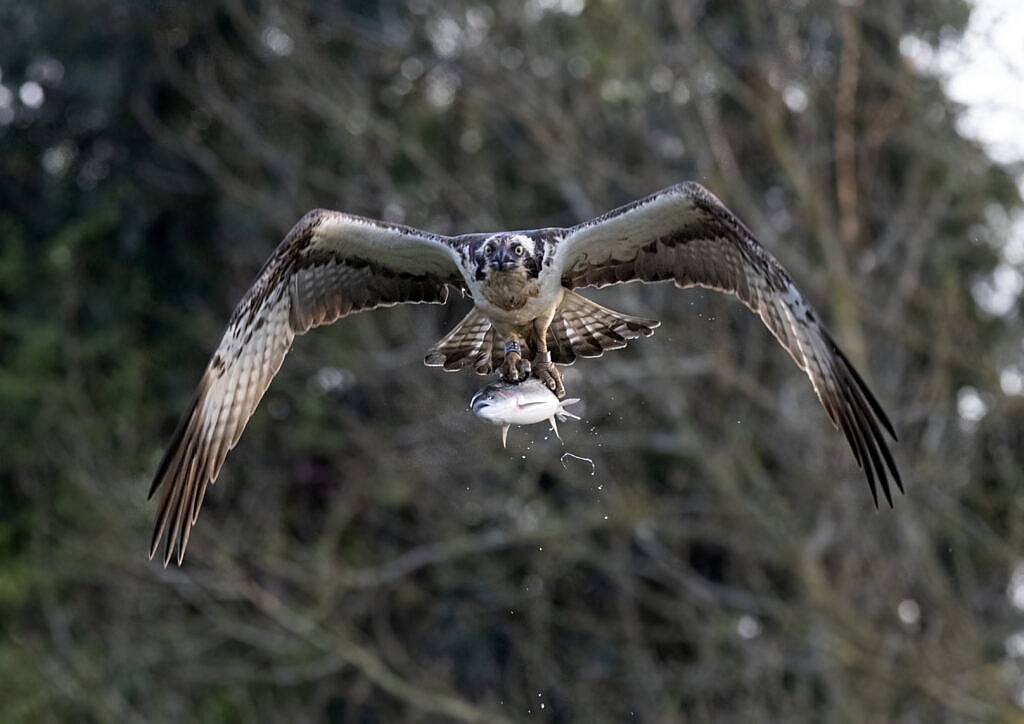
This was not the blistering arrow of a peregrine, but it was still too fast for me follow. The osprey hit the water in a cloud of spray and immediately started beating those wings to lift off again, a fat trout grasped firmly in its claws. It beat its wings, beat its wings again, and by the third down sweep was airborne, shedding water again, a fat trout gripped firmly by both taloned feet. It was away and banking over the hide while my mouth was still hanging open, then lofted away somewhere behind us. The same bird rarely visits again the same evening, but we did have other visits, from birds whose rings I couldn’t read.
When I got home the following day, I looked at the pictures I’d taken. What struck me was the osprey’s focus. A series of stills taken as number thirty left his branch to dive to the pool showed that even as his wings beat up and down, his gaze didn’t waver. It was locked on his target fish. The osprey’s fossils ancestors date back at least 13 million years, and they haven’t wasted that time. It is the prefect fish predator, an airborne great white shark – but with Bollywood moves.


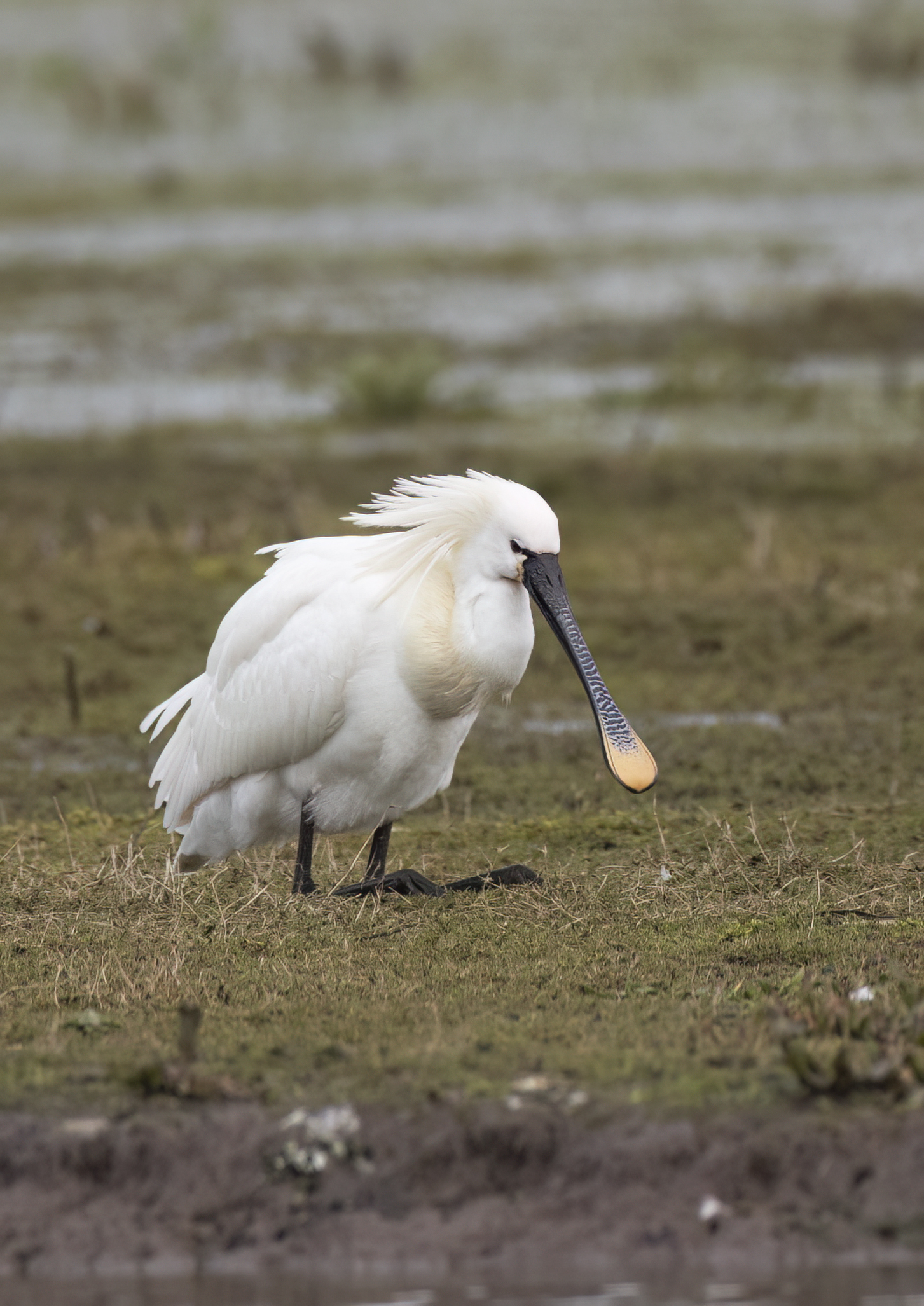
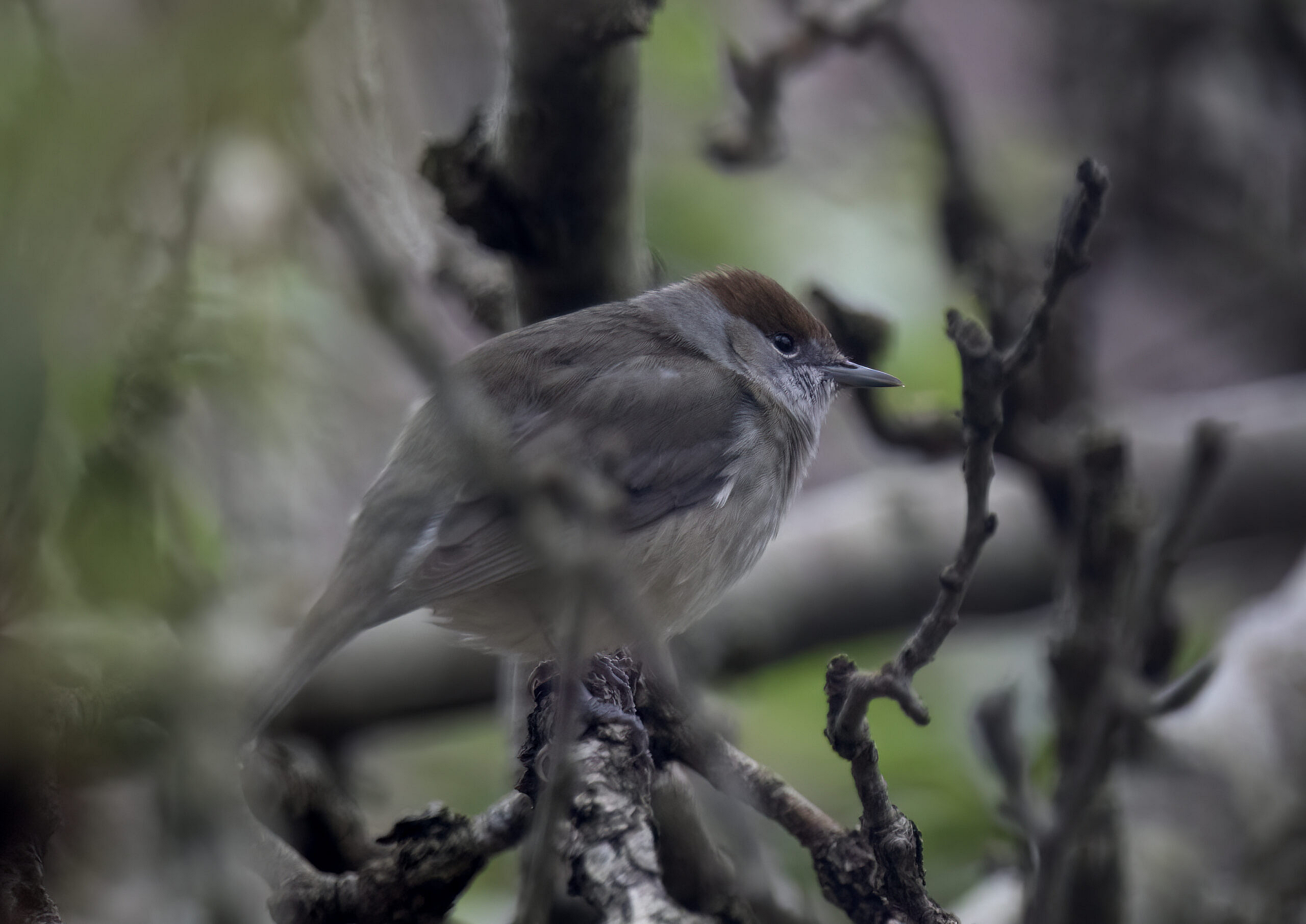
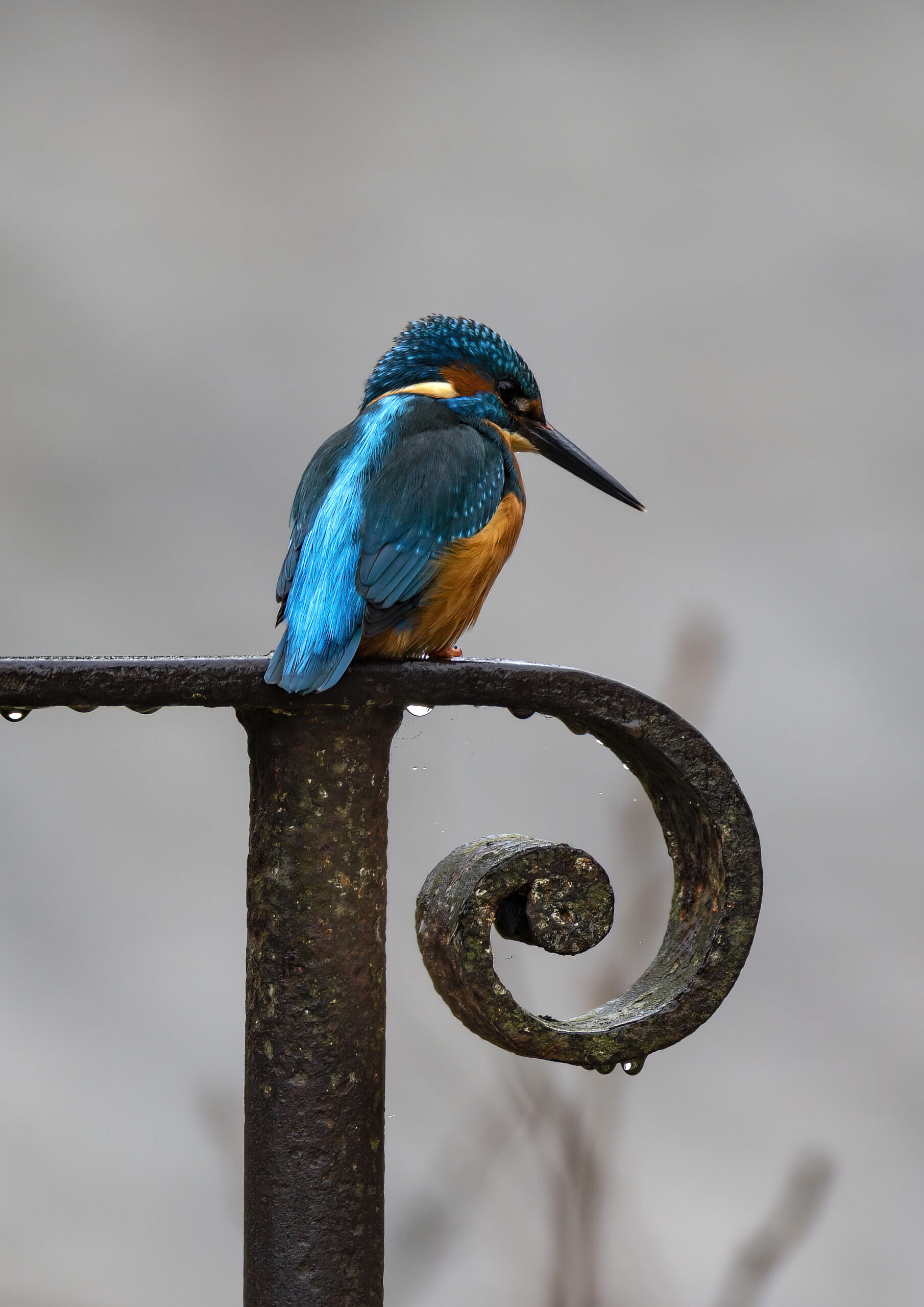



Social Profiles